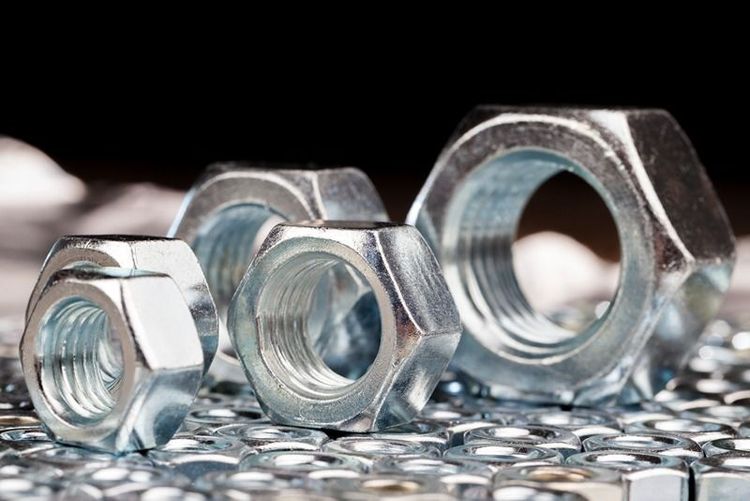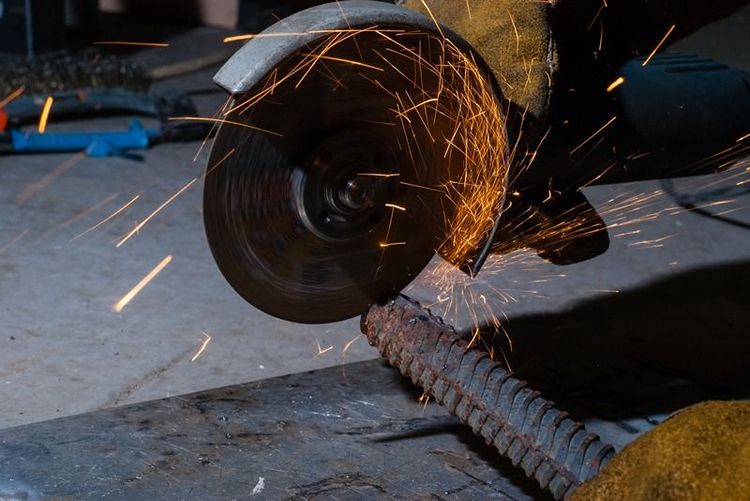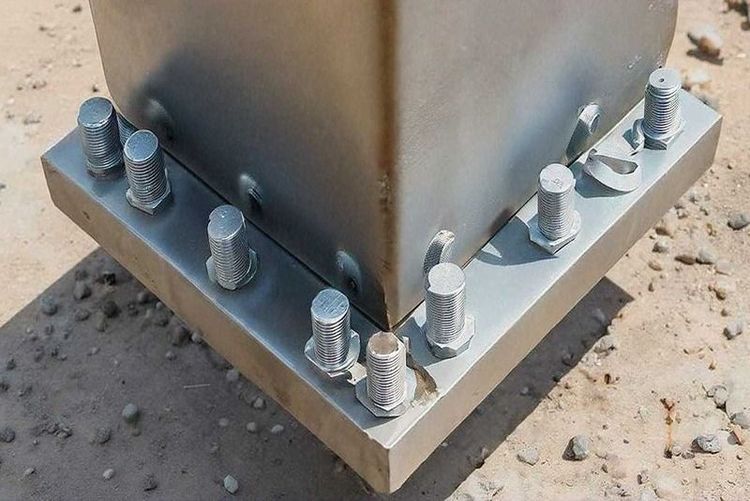In steel construction, the choice of connection type can significantly impact the structure's strength, cost, and performance. The two primary methods for connecting structural steel components are bolted and welded joints. When the metal gets thicker, you must change the joint design to strengthen the weld. Register with us today to access high-quality steel products. Each method has its pros and cons and specific applications where one may be more suitable.
Types of joints in structural steel
Understanding the types of joints and their applications is crucial for selecting the appropriate connection method. Common types of joints in structural steel include:
Butt joints: used when two pieces are placed end-to-end.
Lap joints: involves overlapping two pieces.
T-joints: formed when one piece is perpendicular to the other.
Corner joints: created when two pieces meet at a corner.
Edge joints: used when the edges of two pieces are joined together.







 +91 7208055523
+91 7208055523
 Help & support
Help & support
